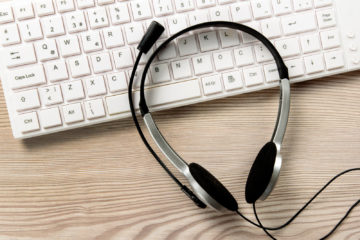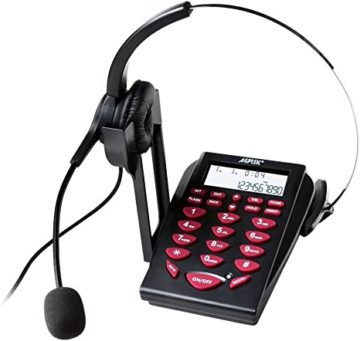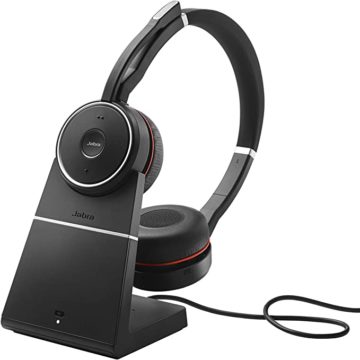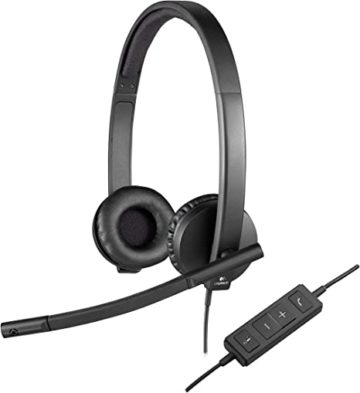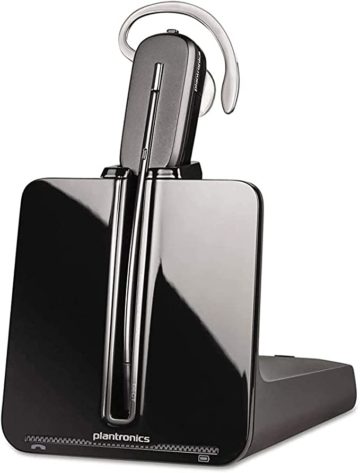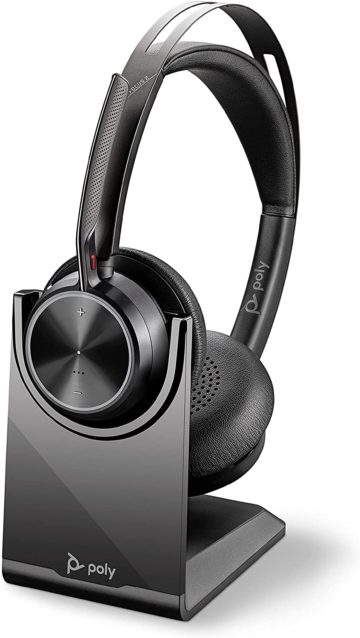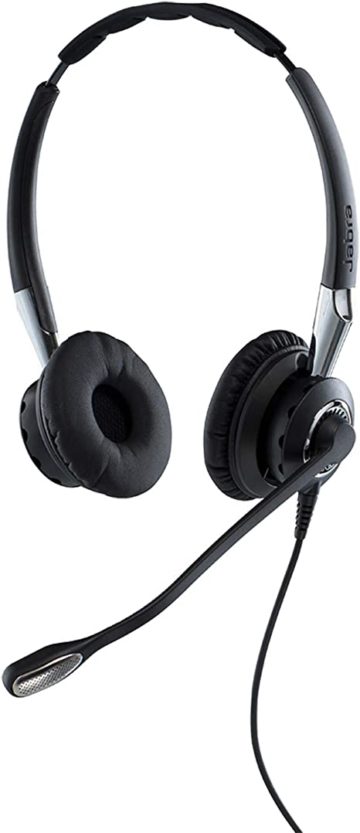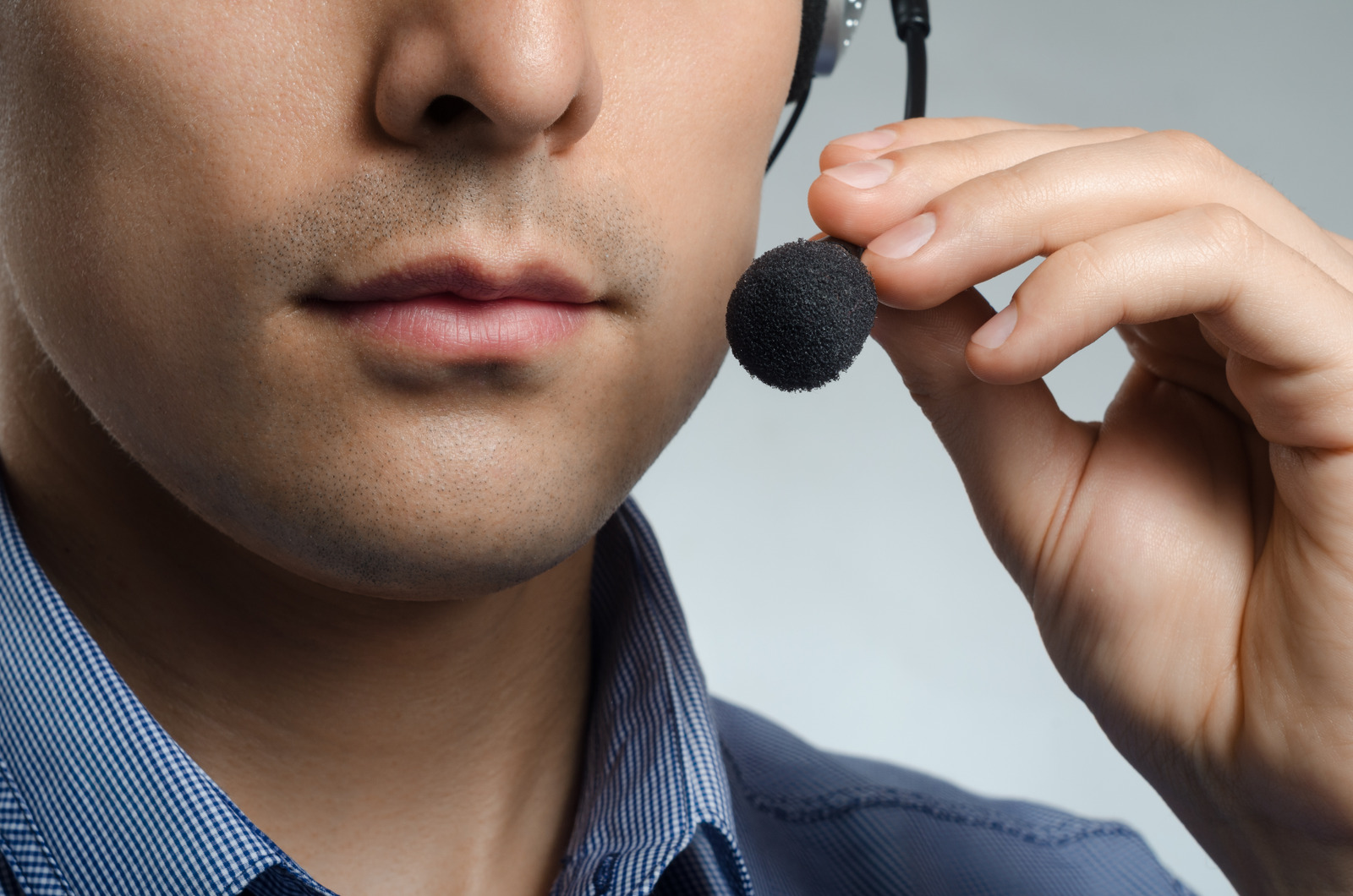The AGPtEK headset and telephone are unlike many of the other headsets on this list, primarily due to it being a system that takes on both roles.
Best Electronic Drum Headphones
Unveiling the top electronic drum headphones - from budget finds to premium sound quality. Elevate your drumming experience now!
